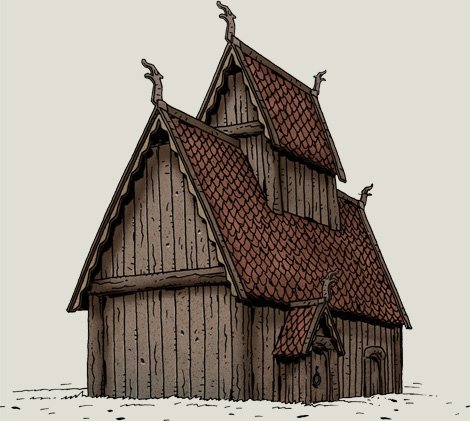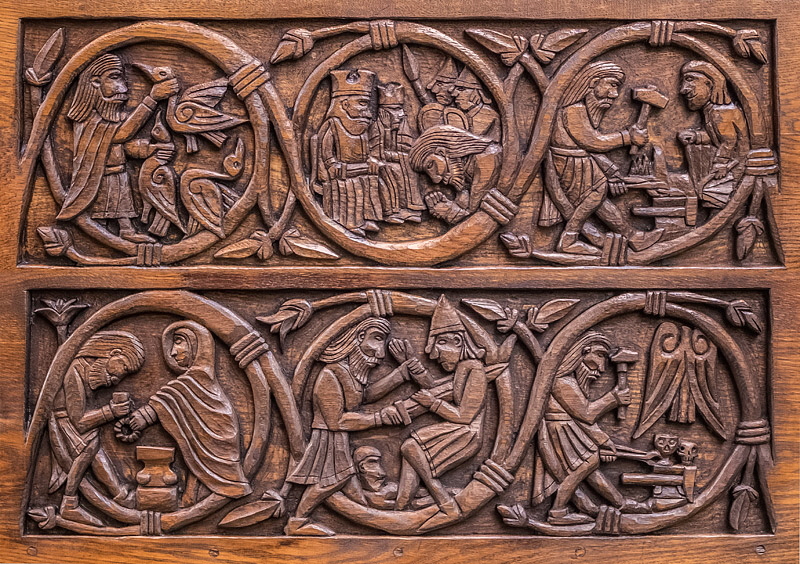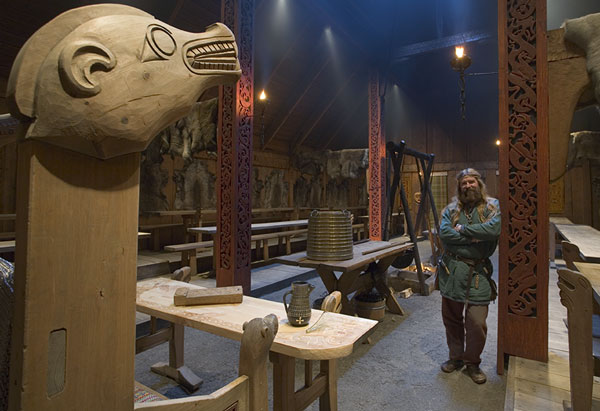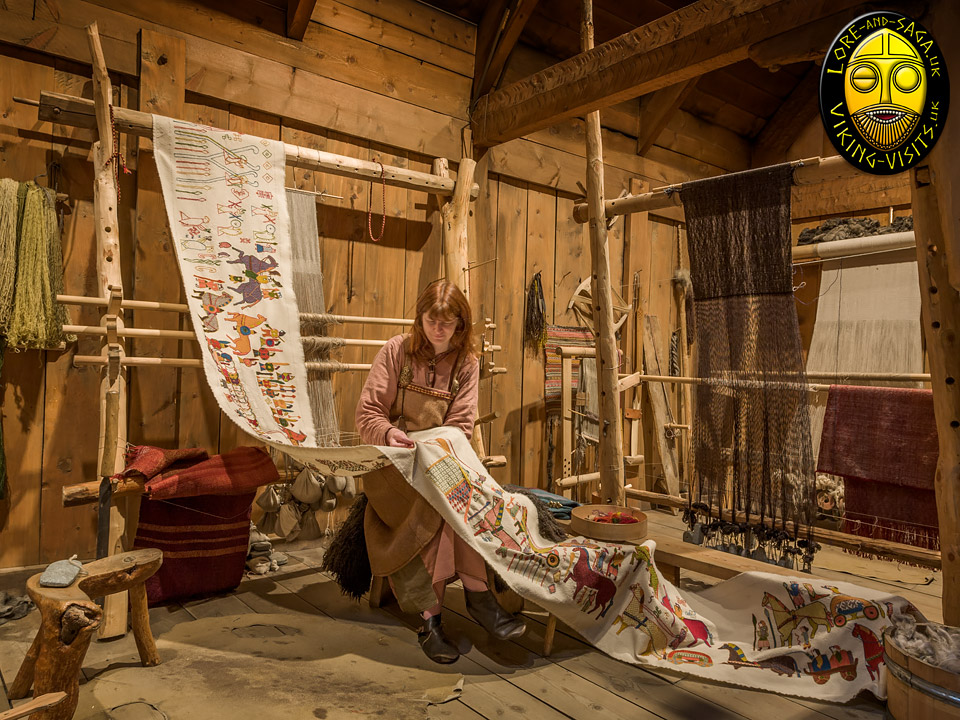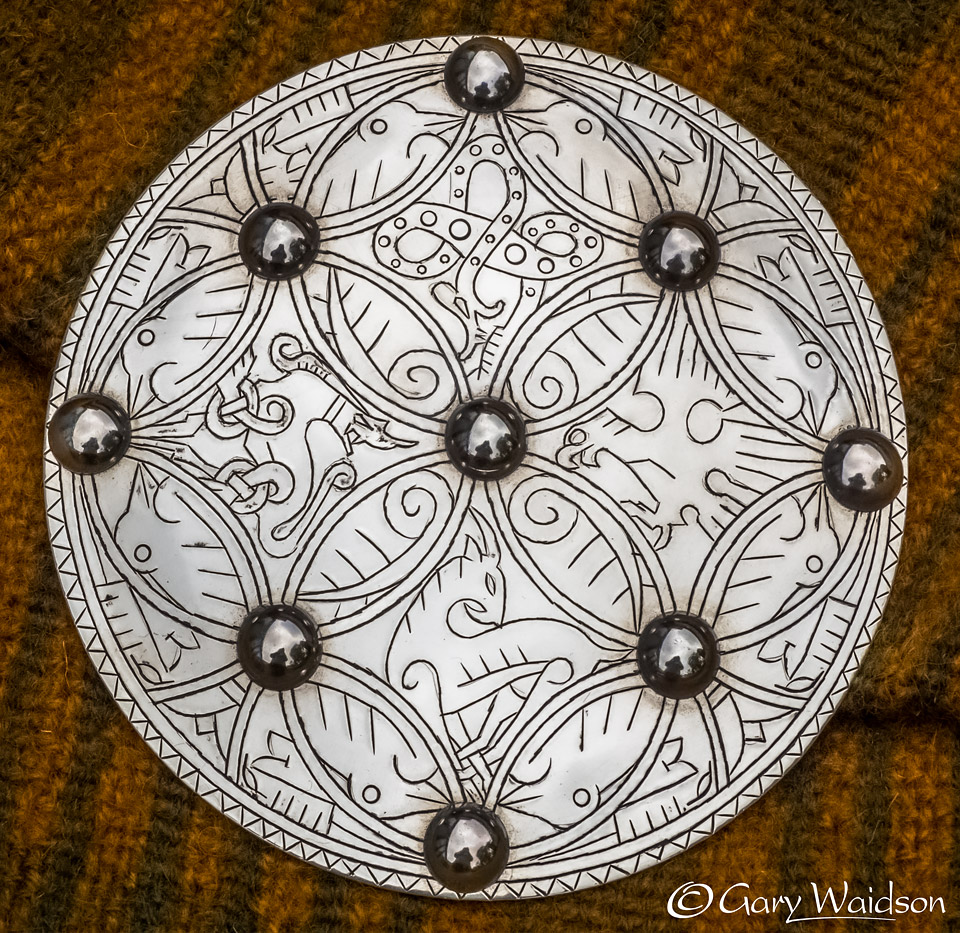Some of you may know that Debs has been working hard on a Norse mythology cloak for me for a couple of years now. The intention is to use this as a storytelling aid in schools in the future.
Having just photographed the embroidered cloth to map it to the planned design, I thought it might be interesting to show you the progress so far.
As you can see, the main framework is nearly complete, ready to be populated with the main characters and places, which you can see digitally superimposed on the embroidery in this image. It's probably approaching the half way point some time this next year.

To give you an idea of the scale we're talking about here.
A cloak is usually made from a full loom width of cloth, which in this case is a little over five feet wide.
The surface you see is pure fulled wool and the embroidery ( crewel work strictly speaking ) is fine two ply wool as well.
Some of the eyes have been set with beads for an extra touch of sparkle and when finished, the cloak will be lined with another sheet of contrasting wool, we are still looking for the right piece so I cannot tell you the colour that will be yet.
Having just photographed the embroidered cloth to map it to the planned design, I thought it might be interesting to show you the progress so far.
As you can see, the main framework is nearly complete, ready to be populated with the main characters and places, which you can see digitally superimposed on the embroidery in this image. It's probably approaching the half way point some time this next year.

To give you an idea of the scale we're talking about here.
A cloak is usually made from a full loom width of cloth, which in this case is a little over five feet wide.
The surface you see is pure fulled wool and the embroidery ( crewel work strictly speaking ) is fine two ply wool as well.
Some of the eyes have been set with beads for an extra touch of sparkle and when finished, the cloak will be lined with another sheet of contrasting wool, we are still looking for the right piece so I cannot tell you the colour that will be yet.

